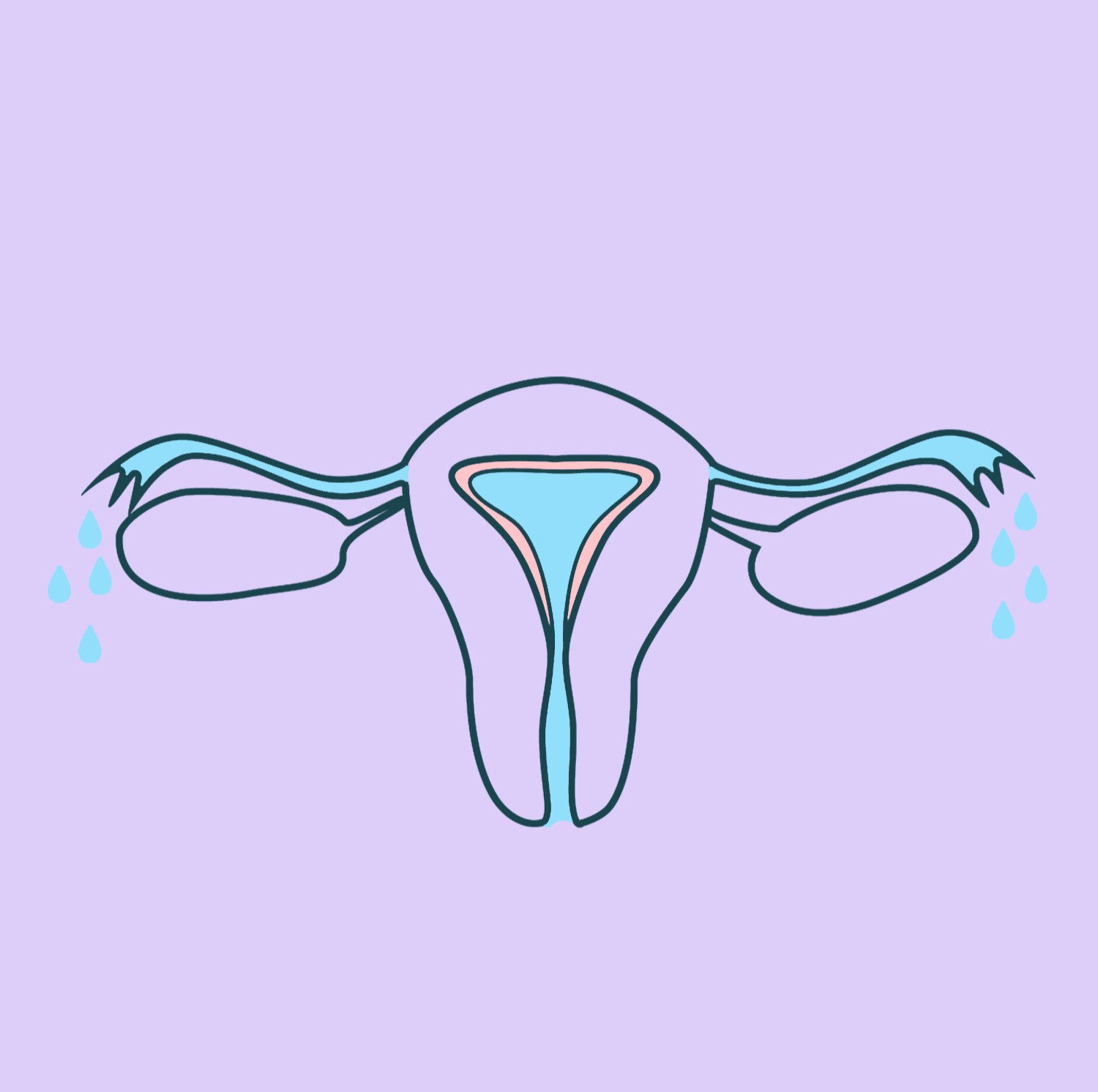A laparoscopic tubal patency test is an important diagnostic procedure for patients with unexplained infertility. During the test, the fallopian tubes are evaluated for their condition, position, appearance, and the ability to allow dye to pass through. In addition to evaluating the fallopian tubes, the procedure also examines the entire abdominal cavity, including its organs and the peritoneum. The greatest advantage of this examination is that it not only detects but can also treat underlying conditions – such as adhesions or endometriosis – that may cause infertility but often remain undetected during routine outpatient evaluations.
Laparoscopic tubal patency test is performed under general anaesthesia, during which the patient is completely asleep. During the laparoscopic diagnosis, three small incisions – each about 5 mm in length – are made in the abdomen, allowing the camera and surgical instruments to be introduced into the abdominal cavity. The main advantage of this diagnostic surgery is that it can both assess the patency of the fallopian tubes and treat abnormalities that may contribute to infertility. In this case, the tubal patency test is a direct method, as fluid can be visibly seen leaking into the abdominal cavity. Direct assessment not only provides information on whether the fallopian tubes are patent but also on their anatomical position and whether they are free from adhesions that could interfere with pregnancy. Before the procedure, your doctor will perform an ultrasound examination and review the potential risks and benefits of any additional interventions that may be required during surgery.
Depending on the extent of the surgery and the time of day it is performed, the patient may be discharged on either the same or the following day.
After surgery, it is preferable to rest for 48–72 hours. Light daily activities can be resumed the day after surgery. You can resume exercising and other more intensive activities 1–2 weeks after surgery. Abstain from intercourse, swimming, taking a bath and using a sauna for 2 weeks. Further recommendations are made before the patient is discharged home.
